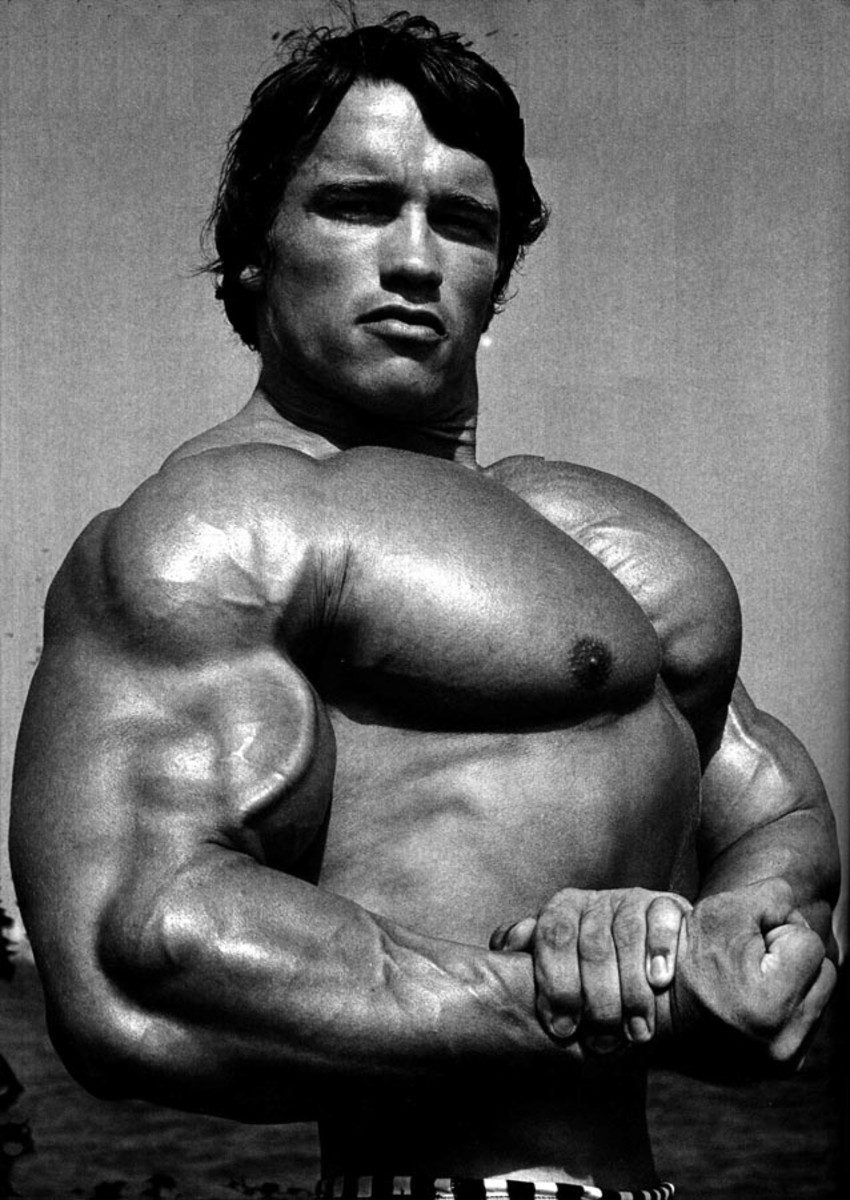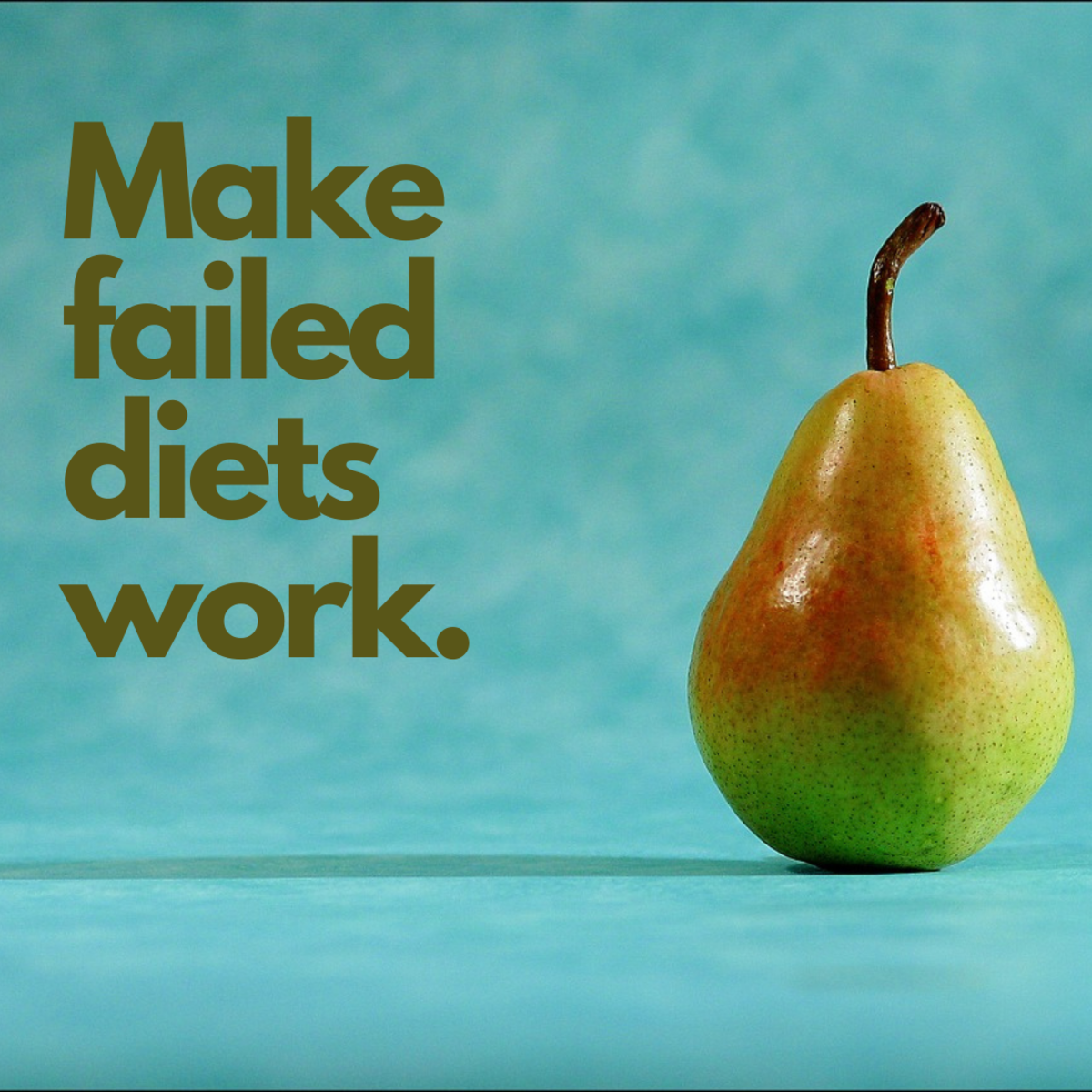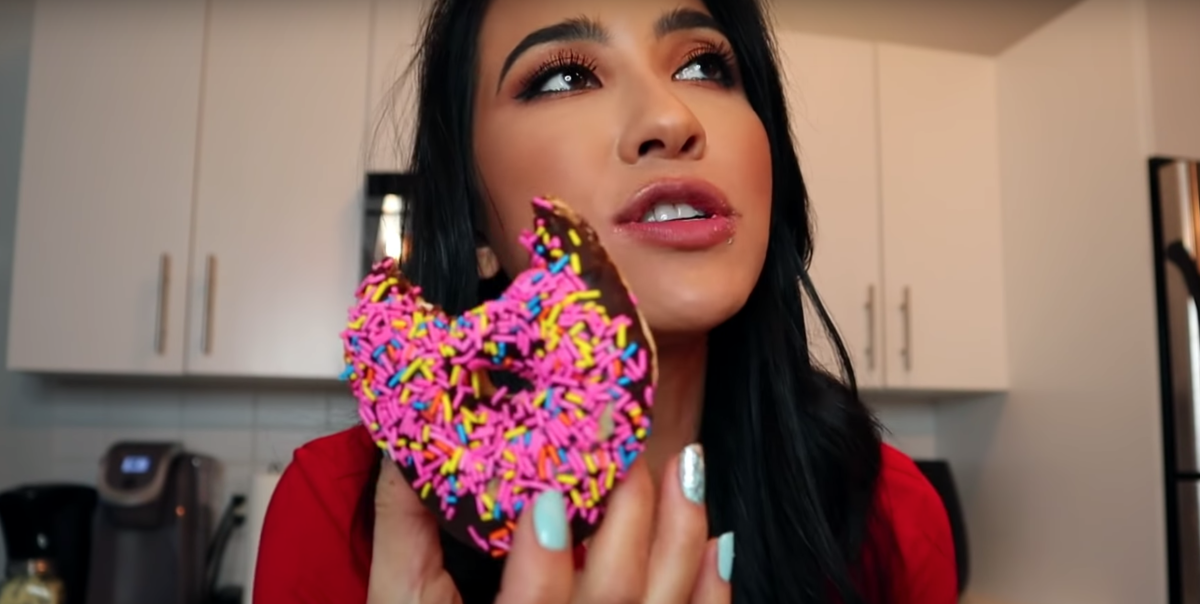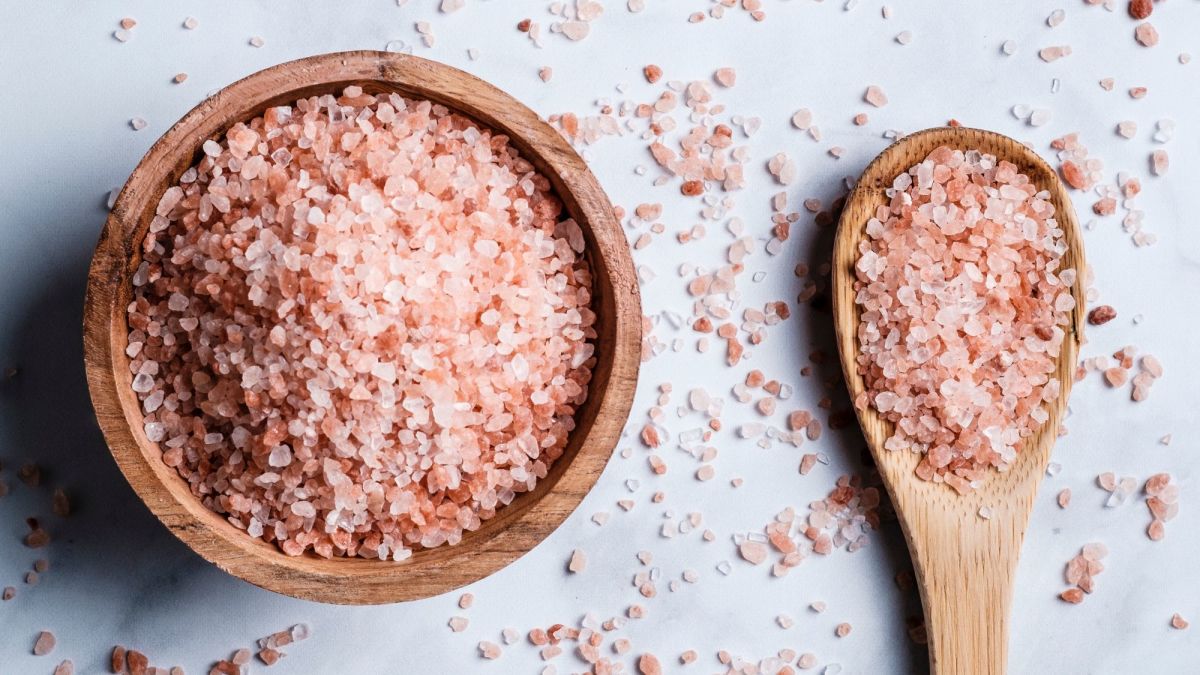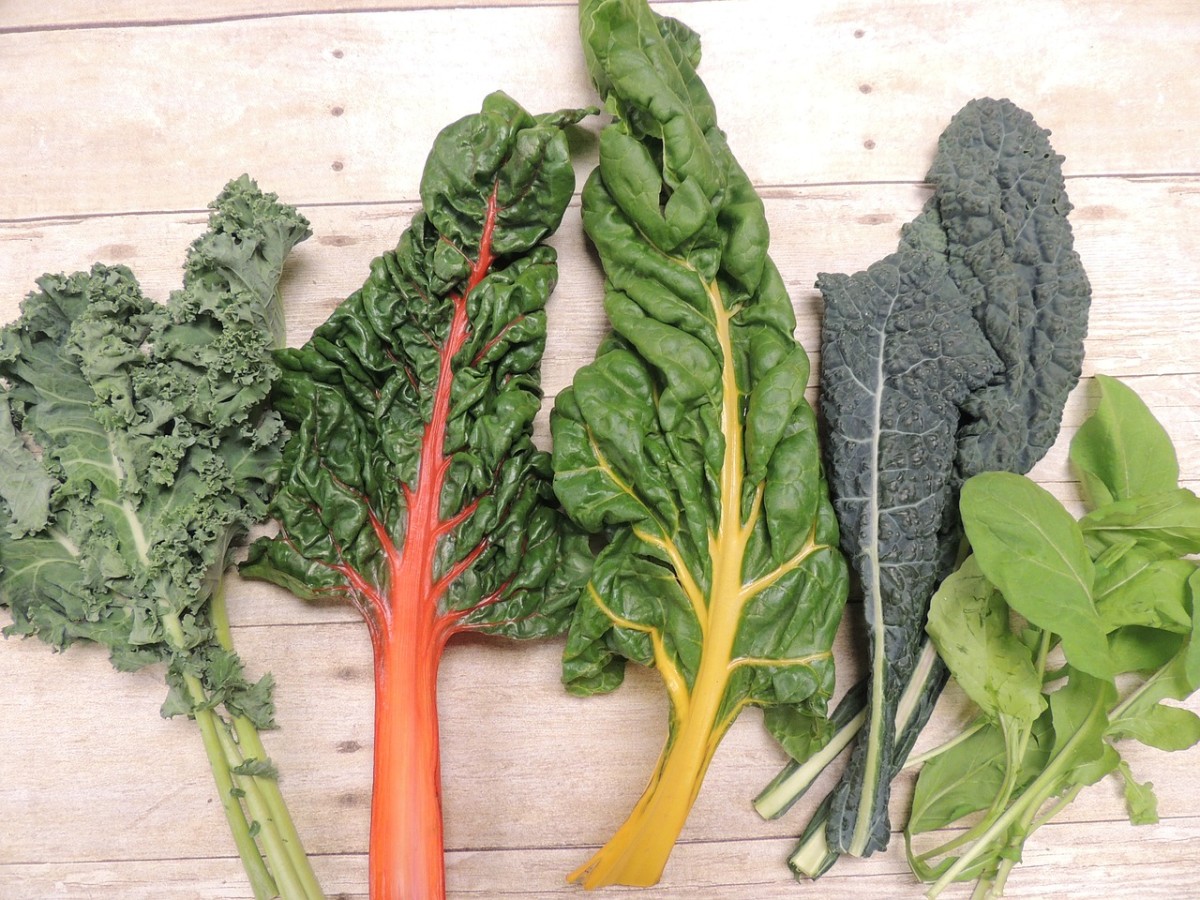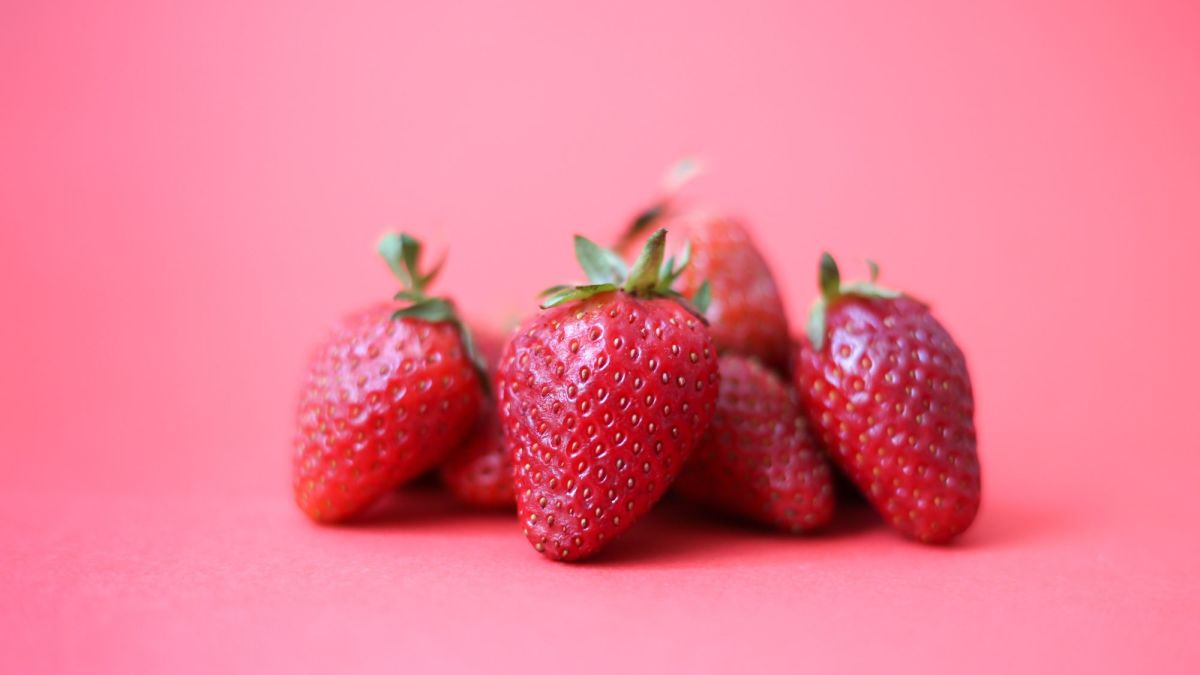Clean Eating: The Non-Diet Diet
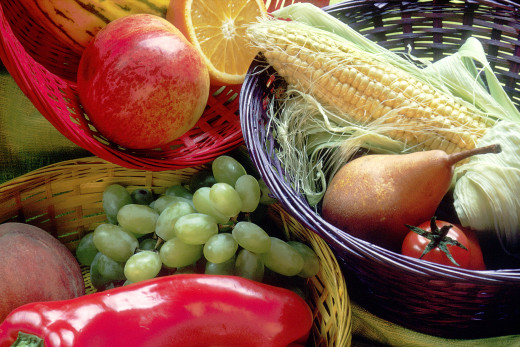
If you're like a lot of Americans, you've tried several diets and fads to lose weight or get healthy with only temporary (at best) results. I've always been skeptical of diet plans or cleanses that claim too-good-to-be-true results, so I relied on the traditional approach of eating fewer calories than I burned (to lose weight) or balancing the two (to maintain weight). After a while, I realized I wanted more than just to look good or be the right weight; I wanted to be healthy and feel healthy. That's when I discovered clean eating.
Clean eating is more than a diet; it is a philosophy and a lifestyle with a holistic approach to diet and nutrition. It not only promotes weight loss and maintenance, it also promotes overall good health through a balanced diet and exercise. I found clean eating to be a common-sense approach to eating because it includes only natural and nutritious foods and eliminates man-made food and ingredients produced for convenience and preservation. Clean eaters not only look good, they feel good too. While clean eaters benefit from a reduced waistline, they also benefit from reduced chronic illnesses and overall good health. I can get on board with that.
A Brief History of Clean Eating
Clean eating may be a new term for the diet or way of eating, but it has always been a way of life. All humans ate “clean” until the advent of preservatives and other chemicals introduced to food for convenience and longevity. In the 1960s, there was a natural health food movement that shifted diets to “whole” or unprocessed foods, which was more about to rebelling against the establishment than health and nutrition. Since the 1960s, there have been a few established diets related to clean eating. The most notable is the Eat-Clean Diet developed by Canadian fitness model and author Tosca Reno, who popularized the diet with her series of diet and cookbooks. The Eat-Clean Diet is a great plan for those looking for a more specific guidance and rules for clean eating, rather than a more flexible approach. The Eat-Clean Diet also uses supplements, which is not necessarily part of the clean eating philosophy.
Basic Principles of Clean Eating
Because clean eating is a philosophy and lifestyle, rather than a fad diet, there is a lot of flexibility and individualization. As with any philosophy, there are basic rules or principles to follow. Depending on the authority you ask, there may be more emphasis on certain principles over others, but the following rules are the most widely embraced by clean eaters:
- Eliminate processed foods and eat whole foods
- Eat five to six small meals a day, especially breakfast
- Eat mostly plants (food from a tree, bush, plant, or vine), include protein at each meal, and watch the fat
- Read food labels
- Drink plenty of water
- Exercise most days
Generally, clean eaters strive for a diet that is 75 to 80 percent clean. That means you don't have to beat yourself up or start over if you eat a piece of birthday cake at the office.
Let's talk about the basic principles in a little more detail.
Eating processed foods and eat whole foods
Processed, manufactured, or refined foods usually come in a box, bag, or can, and contain a large amount of food additives that are man-made. They are foods that have changed physical, chemical, microbial, or sensory properties. We Americans have been refining foods, particularly cereal grains, to make them more durable and portable at the cost of their nutritional value since the Industrial Revolution. Refined sugar also made its way to the marketplace around the same time as refined grains. Today, the most prevalent refined foods in the American diet are refined grains, such as white flour and white rice, and refined sugar, such as white table sugar. These processed and refined foods are often high in calories and have little nutritional value. They are also generally high in fat, salt, and sugar.
Whole foods, on the other hand, are those that come from nature, such as produce, grains, and meat and are minimally processed, such as dairy products and grain products. These foods retain their nutritional value and are more likely to be a nutrient-dense food—foods that are the most nutritional with the fewest calories.
Although replacing processed foods with whole foods can be the most challenging for those starting to eat clean, the benefits are better health and a smaller waistline.
Eat Five to Six Small Meals a Day, Especially Breakfast
Most clean eaters eat three small main meals and two to three substantial snacks a day. The main meals are generally 200 to 400 calories and snacks are between 100 to 200 calories. By eating more frequently (every two to three hours), you are less likely to overeat or skip meals. You'll also benefit from more stable blood sugar levels, which means more energy and less crankiness. All snacks and meals should be well-balanced, including proper portions of protein, fat, and carbohydrates.
Of course one of the main meals should be breakfast. Everyone has been told that breakfast is the most important meal of the day, and it is no different for clean eaters. Eating breakfast raises your blood sugar after your body fasts overnight, which allows you to be more alert and have more energy throughout the day.
Eat Mostly Plants, Include Protein, and Watch the Fat
Food from plants—anything from a tree, bush, plan, or vine—are the most nutrient dense and are good sources of antioxidants that protect the body from free radical damage. By eating a diet based mostly on plants, you are more likely to eat fewer calories and consume necessary nutrients, such as antioxidants, vitamins, and minerals.
The food color wheel shows the colors of foods to be included in your regular diet with examples of foods in that color.
Along with including mostly plants in your diet, making sure your diet is colorful is also important. Colorful fruits and vegetables contain beneficial phytochemicals, many of which are antioxidents. Deep, dark colored foods should be chosen first, then more vibrant, brightly colored foods next.
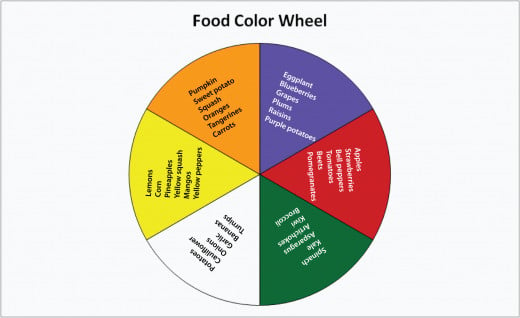
For some, clean eating also means buying as much organic and local food as possible. While this is not a requirement to eat clean, most organic food or food grown by local farmers that may not necessarily be certified as organic, but still practice organic farming, is more nutritious and leaves a smaller carbon footprint on the environment. Food is also fresher the more locally you shop because of reduced transport to supermarkets.
Protein is an important part of clean eating. It not only helps build and maintain lean muscle, it can also curb your appetite. Pair protein with carbohydrates and fat to maximize the nutritional value of your meal or snack. A good example of a well-balanced snack is a banana with almond butter (protein and fat) wrapped in a whole wheat tortilla (carbohydrate). Because protein sources can be high in calories, it is important to pay attention to the quality of the protein by choosing lean meat, fish, eggs, legumes, and low-fat dairy products. The recommended dietary allowance for protein for adults is 0.3 gram per pound of body weight (approximately 45 to 55 grams for an average weight male or female).
You can't forget your fat intake either. Clean eating promotes eating monosaturated fats that are natural and unprocessed, such as avocados, olives, and nuts, and minimizes saturated fat found in meat, eggs, and dairy products. Trans fats should be eliminated completely because they are artificial and raise LDL cholesterol (so called "bad cholesterol") levels, which increases risk of heart disease.
Another important part of clean eating is learning to read food labels, including the list of ingredients. All packaged foods—boxed, bagged, or otherwise—have a Nutrition Facts food label and ingredients list. The food label lists the amounts of the following:
- Calories
- Calories from fat
- Total fat
- Saturated fat
- Trans fat
- Cholesterol
- Sodium
- Total carbohydrates
- Dietary fiber
- Sugars
- Protein
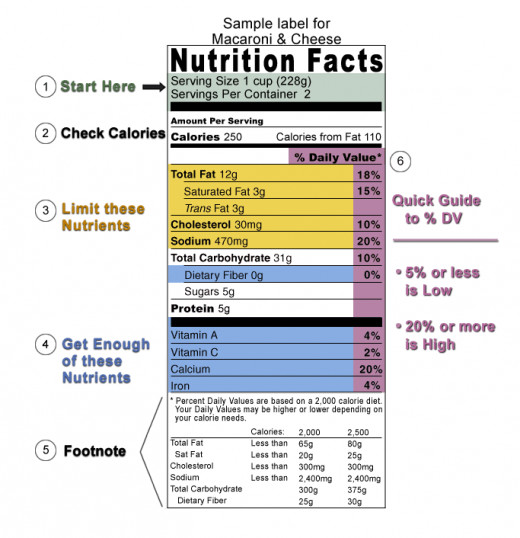
The food label also lists the serving size of the particular food and how many servings are in the food package, and the percentage of recommended daily values provided by the food based on a 2,000 calorie diet. The U.S. Food and Drug Administration, which regulates the food labeling requirements, provides an example of the recommended daily values of each nutrient on the nutrition facts food label.
Another key part of reading food labels is reading the ingredients list. The nutrition facts food label requirements allow manufacturers to list an ingredient as "0" on a food label if it is less than 0.5 grams per serving. Reading the ingredients list alerts you to any excess sugars and salts that may be less than 0.5 grams per serving, as well as unnecessary chemical additives, such as preservatives, emulsifiers, or artificial flavors and colors in the food.
A general rule is to purchase items with fewer than six ingredients that you can pronounce and you recognize as a food. Ingredients that are in Latin, look like a chemical compound, or are vague (such as "spices") should be avoided.
Drink Plenty of Water
Water is a vital part of the human body. Humans are made up of 60 percent water, which is involved in every system of the body. Water also does all kinds of useful things for our bodies: regulates body temperature, transports nutrients and oxygen to blood cells, helps our metabolism, helps organs absorb nutrients, and protects our vital organs. Best of all, water has no calories. Most health organizations recommend eight 8-ounce glasses of water a day, but you should drink when you are thirsty and sip water throughout the day. Drinking a glass of water before meals can also prevent overeating. Eating foods with high water content, such as lettuce, watermelon, or yogurt, will also contribute to your daily water intake.
Exercise Most Days
Part of living the clean eating lifestyle is regular exercise. Regular exercise means working out five or six times a week for 30 to 60 minutes a day. Exercise should be a combination of cardiovascular exercise, muscle strengthening, core strengthening and stretching. Cardiovascular workouts, such as running or biking, improve the heart and burn calories. Muscle strengthening and toning is important for preventing muscle loss from the aging process, as well as for burning calories. Core training, such as Pilates and yoga, improves balance and posture and protects the back. Stretching improves flexibility and decreases the risk of injuries, particularly as we age. Exercise doesn't have to be a chore. Find something you have fun doing to keep up motivation and to make it another part of your life.
I am still on my clean eating journey and I am nowhere near perfect in my diet. I think about the basic principles of clean eating and strive for a diet that is 75 percent clean. It hasn't been easy, especially with a husband who is a picky eater, but gradually my diet is getting cleaner and I'm feeling better. I chose a more gradual change to my diet, but for some, a complete overhaul and cleansing of the pantry (I call it "ripping off the band-aid") may be a more effective approach. Do what works best for you and fits in your lifestyle.


